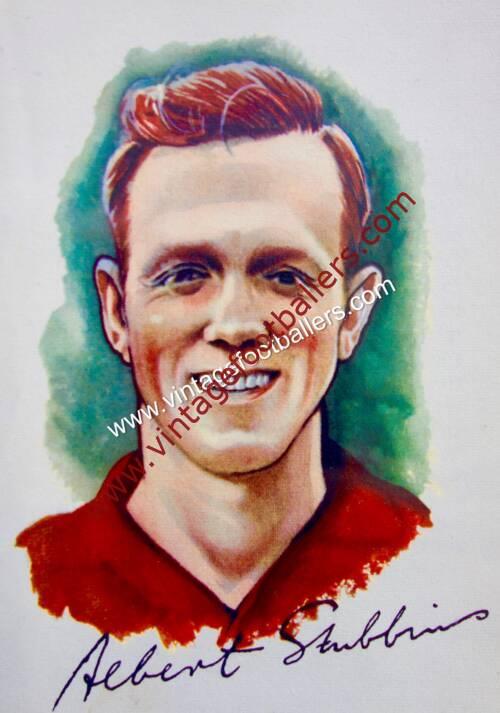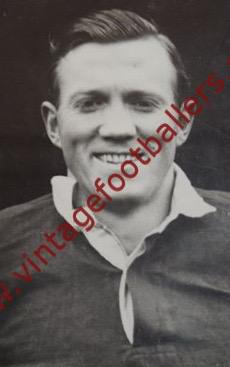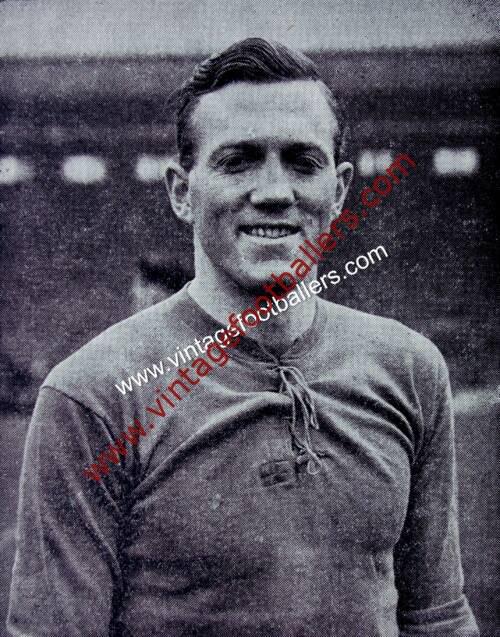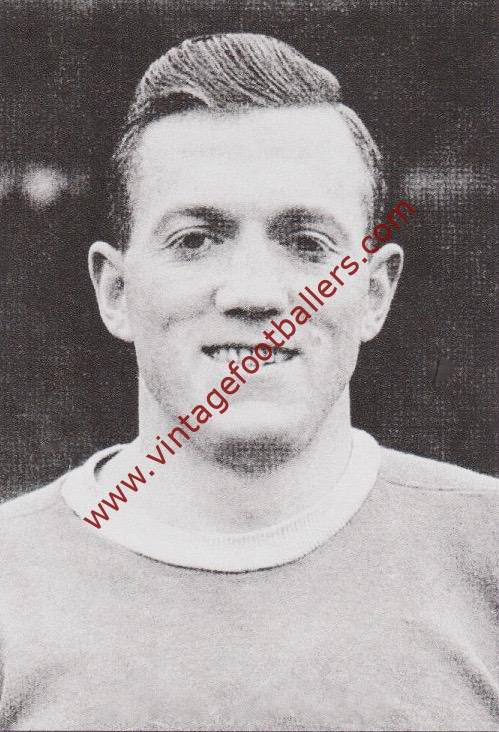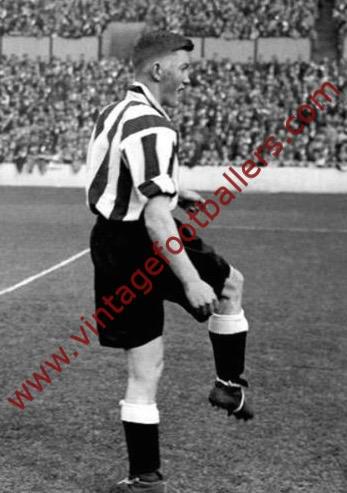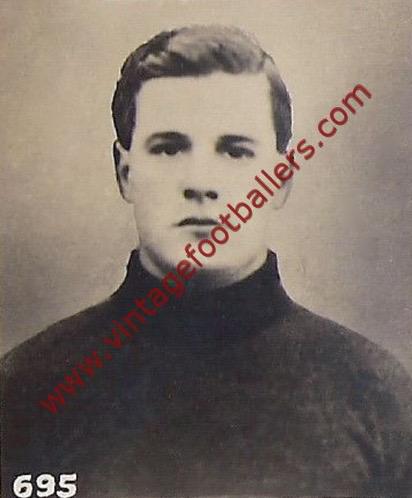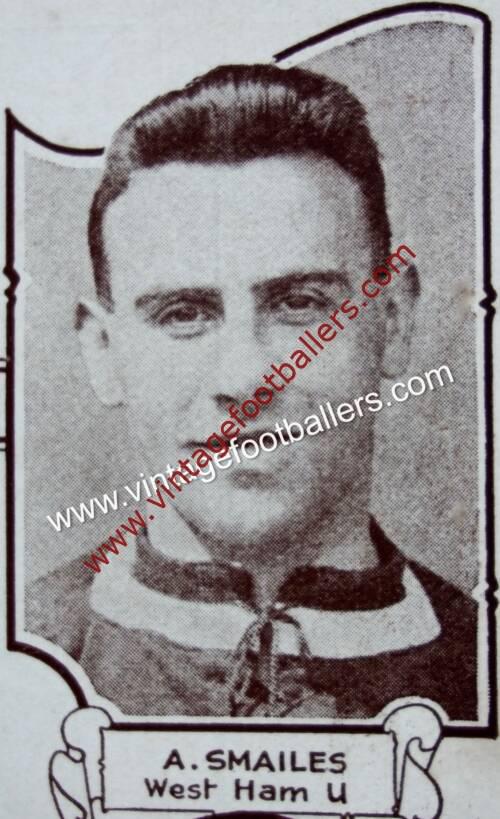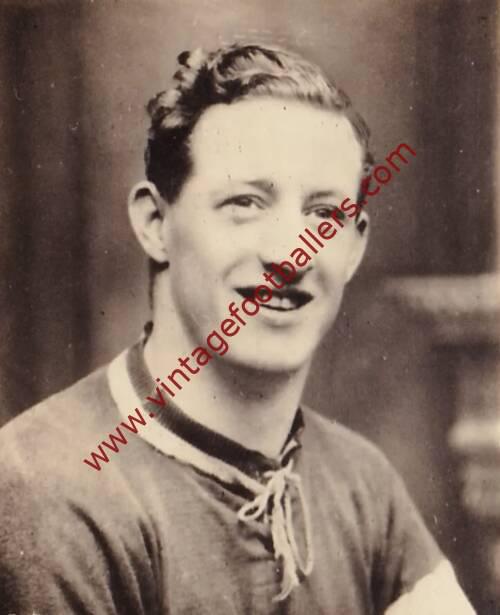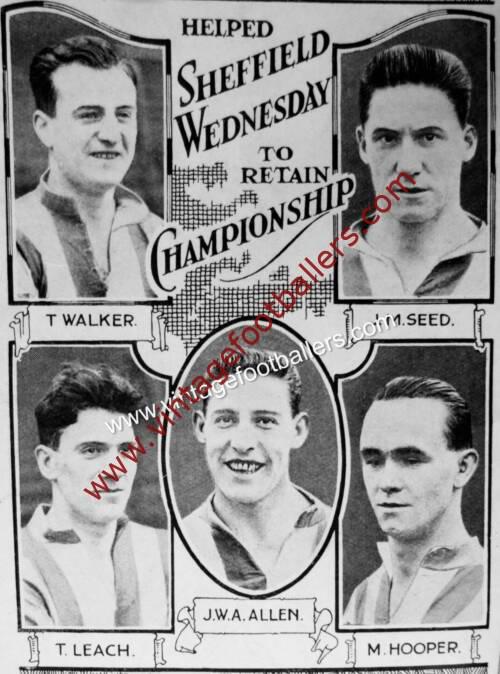Please choose your photo size from the drop down menu below.
If you wish your photo to be framed please select Yes.
Note: 16″x 20″not available in a frame.
Images can also be added to accessories. To order please follow these links
£8.95 – £49.95
Please choose your photo size from the drop down menu below.
If you wish your photo to be framed please select Yes.
Note: 16″x 20″not available in a frame.
Images can also be added to accessories. To order please follow these links
Wallsend, Northumberland born centre forward Albert Stubbins began his football career with Whitley & Monkseaton in 1935 and was on the books of Sunderland as an amateur during 1936-37 without playing for their first eleven, before signing for Second Division Newcastle United in April 1937, making his Football League debut at Luton Town in May 1938. He played both sides of the War for Newcastle, scoring 6 goals in 31 appearances in official League and Cup games, however it was during the Second World War that he became a fans favourite with The Geordies, in wartime games he scored 188 goals in just 231 appearances including 23 hat-tricks.
In September 1946 he was signed by Liverpool for a then club record of £12,500. Stubbins had also been approached by Liverpool’s closest rivals, Everton, and he settled the decision with a toss of the coin.
“This was about six o’ clock and I went up there to meet Mr George Kay and Mr Theo Kelly, representing Everton,” Stubbins said. “Stan Seymour, the Newcastle director said: ‘Which representative would you like to see first?’ I said: ‘Let’s flip a coin. Heads Liverpool. Tails Everton.’ It came down heads – Liverpool. Bill McConnell, the Liverpool chairman and George Kay and myself discussed matters and I was impressed with them both, and with the possibilities of Liverpool, so said I would go to Anfield. I also knew several of the Liverpool players at the time like Willie Fagan and Jack Balmer. That probably gave Liverpool the slight edge and in the end I never spoke to Everton because I had been so impressed with Liverpool’s offer.”
The coin should have been framed by manager George Kay as he made an immediate impact at the club, making his debut on 14th September 1946 in a League match at Burnden Park, he scored an 82nd minute goal as the Reds left it late to claim all the spoils in a 3-1 victory over Bolton Wanderers. His move to Liverpool gained him most of his fame and success; Stubbins scored 28 goals (24 League goals) in the 1946-47 season (making him the club’s joint top scorer with Jack Balmer), and only missed two more League fixtures for the rest of the season helping Liverpool to win the League Championship, the first time in 24 years.
That season also included his famous “goal in the snow”, in a memorable hat-trick against Birmingham, during Liverpool’s run to the FA Cup semi-final that season on 1st March 1947 in the quarter final of the FA Cup, here described by Liverpool’s talisman at the time, Billy Liddell. “When I put the ball over it was going a bit off course, but Stubbins literally threw himself through the air to meet it with his head when parallel with the ground, about two feet above the turf. It went in like a rocket, giving Gil Merrick absolutely no chance, and Albert slid on his stomach for several yards on the frozen pitch before coming to a stop.” Stubbins was of course very proud of this astonishing goal that displayed his bravery: “It was an icy ground and both of my knees were lacerated and bleeding but it was certainly worth it.” Unfortunately they lost narrowly in the semi final to Burnley in a replay at Maine Road.
Stubbins also scored 24 goals the following season which included four, two in each half, when Huddersfield Town visited Anfield on 6th March 1948. Although a contractual dispute in the 1948-49 season limited his appearances for the Merseyside club, he then helped Liverpool reach the 1950 FA Cup Final, the first time Liverpool had ever appeared at Wembley. However, they lost to Arsenal by two goals to nil.
On 18th October 1950, at Blackpool’s Bloomfield Road, Stubbins netted five goals in the Football League’s 6-3 victory over the Irish League in an exhibition match. The last of the 180 first-team appearances he made for the club came at Stoke on 3rd January 1953, however injuries forced him to retire later in 1953, having scored 83 goals, or a goal every 2.1 games, and he returned to the north east to play non league football for Ashington until 1954. For a player with such an impressive goal ratio, it is astonishing that he was constantly overlooked by Walter Winterbottom, the England manager at the time. He played for the England once in an unofficial ‘Victory’ international against Wales in 1945, a game England lost 1-0.
His later claim to fame was an appearance on the front cover of The Beatles’ Sgt. Pepper’s Lonely Hearts Club Band album.
| Weight | N/A |
|---|
